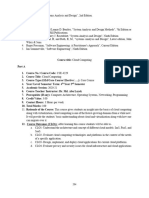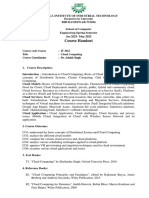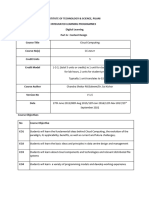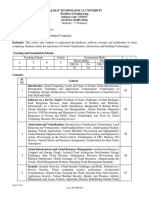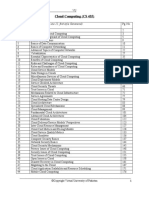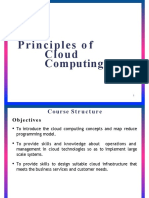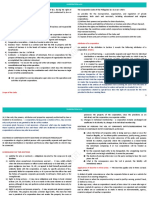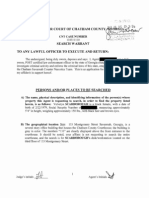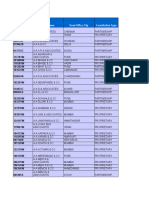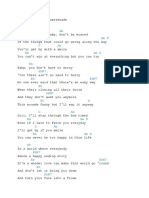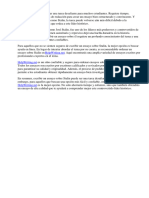0% found this document useful (0 votes)
36 views5 pagesCloud Computing
The course 'Cloud Computing' at Lahore Garrison University aims to provide students with a comprehensive understanding of cloud computing, covering both technical and management aspects, including cloud security and service models. It includes various assessment methods and requires a solid mathematical foundation along with basic programming knowledge as prerequisites. The course will explore a range of topics over 15 weeks, including cloud service models, virtualization, security mechanisms, and designing cloud-based solutions.
Uploaded by
Muhammad Danish 307 GCopyright
© © All Rights Reserved
We take content rights seriously. If you suspect this is your content, claim it here.
Available Formats
Download as PDF, TXT or read online on Scribd
0% found this document useful (0 votes)
36 views5 pagesCloud Computing
The course 'Cloud Computing' at Lahore Garrison University aims to provide students with a comprehensive understanding of cloud computing, covering both technical and management aspects, including cloud security and service models. It includes various assessment methods and requires a solid mathematical foundation along with basic programming knowledge as prerequisites. The course will explore a range of topics over 15 weeks, including cloud service models, virtualization, security mechanisms, and designing cloud-based solutions.
Uploaded by
Muhammad Danish 307 GCopyright
© © All Rights Reserved
We take content rights seriously. If you suspect this is your content, claim it here.
Available Formats
Download as PDF, TXT or read online on Scribd
/ 5








